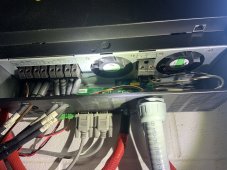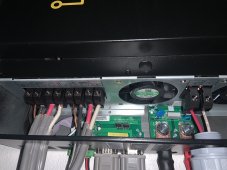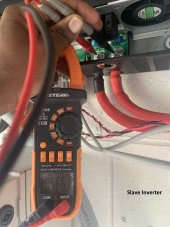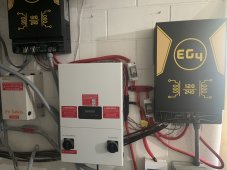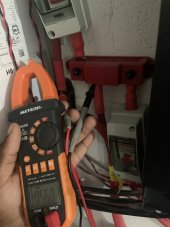dareggaemon
New Member
- Joined
- Nov 10, 2022
- Messages
- 20
I have now Idea why my system blew up. I have two EG4 6000ex split phase inverters I am trying to parallel. I had been running on one inverter for a few weeks. after receiving the second one I connected it via the manual and it made a loud pop and displayed error code 09. I contacted technical support and they found no error in my setup and provided me a replacement. I verified that both inverters were connected per the manual, confirmed both inverters were on the the software and I bypassed the neutral bonding which I did not do the first time because I'm grounded at the service panel and it still blew up as soon as I turned it on. However, second inverter blow the mosfets and the 1st inverter lost one of the AC output legs.
Help please. I don't know why it does not work. Please see below picture of my setup. the off-grid inverts are the eg4 6000ex inverters. the one on the left is the one that blew the mosfets and the one on the right lost one of the AC output legs. Each inverter has its own output and input breakers. The Grid-Tie inverter is its own separate system that only connects to the main panel. Both inverters had the same settings with setting 28 set to Parallel, and I even watched the signature solar videos and turned the inverters on in the same order they did on the video.
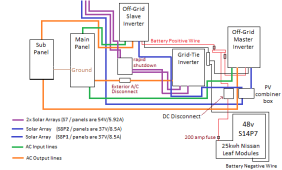
Help please. I don't know why it does not work. Please see below picture of my setup. the off-grid inverts are the eg4 6000ex inverters. the one on the left is the one that blew the mosfets and the one on the right lost one of the AC output legs. Each inverter has its own output and input breakers. The Grid-Tie inverter is its own separate system that only connects to the main panel. Both inverters had the same settings with setting 28 set to Parallel, and I even watched the signature solar videos and turned the inverters on in the same order they did on the video.




